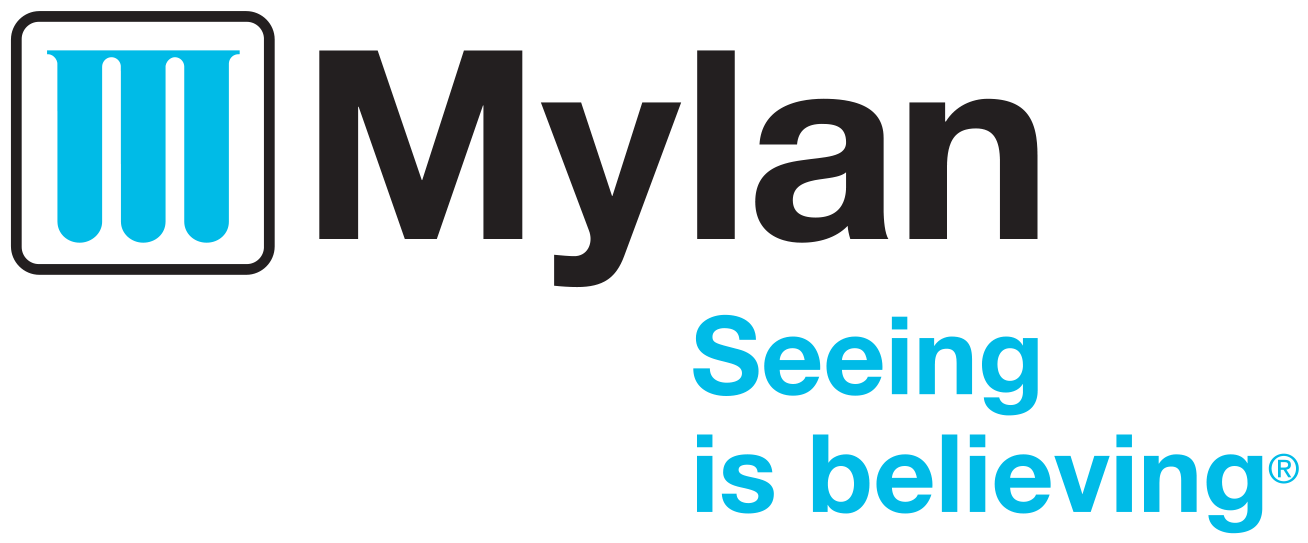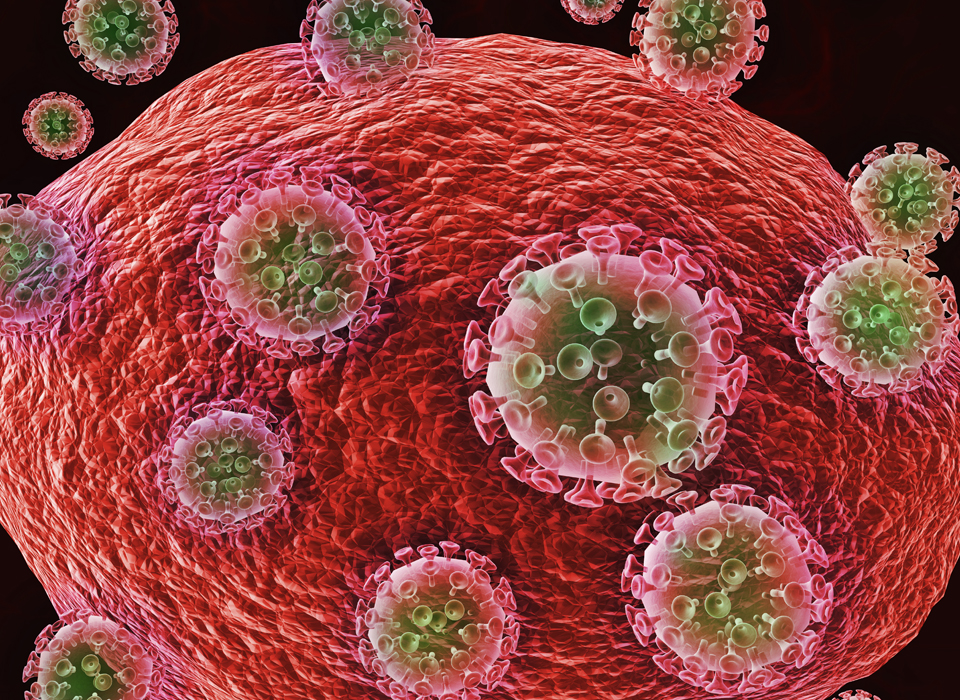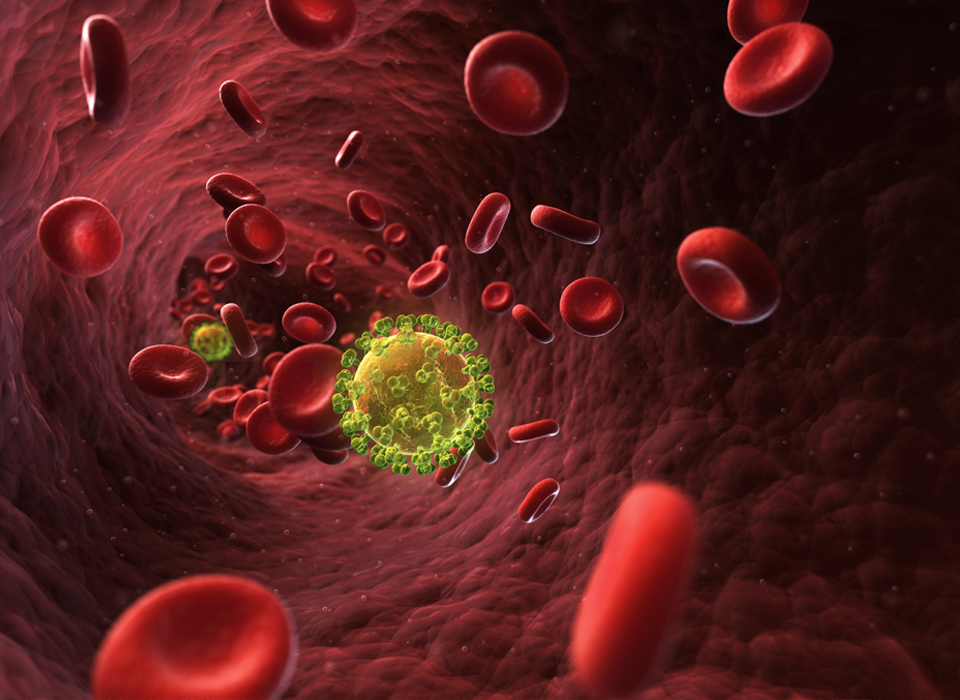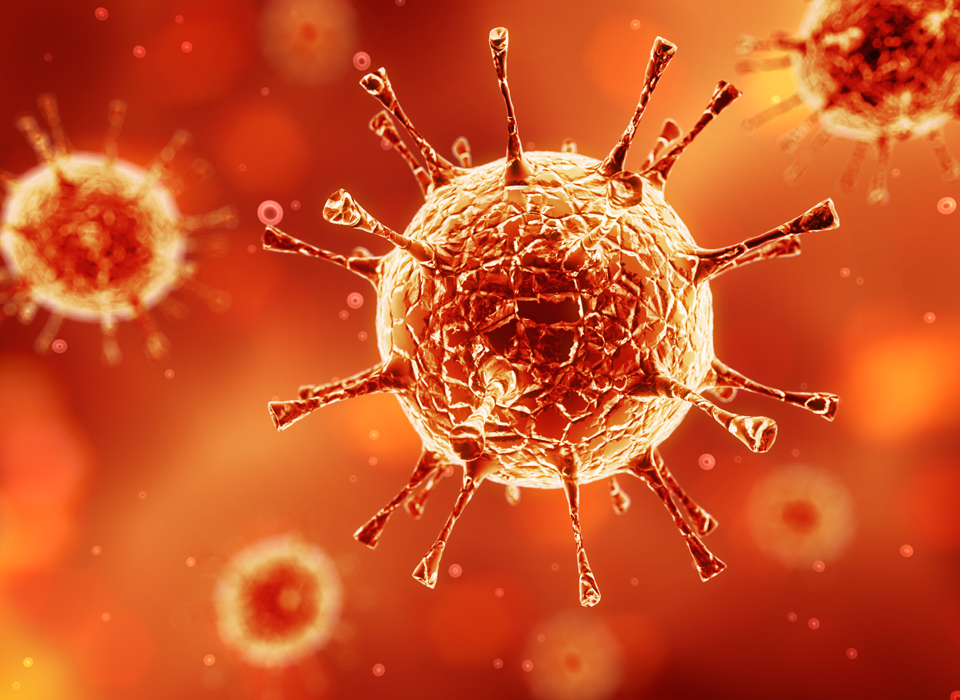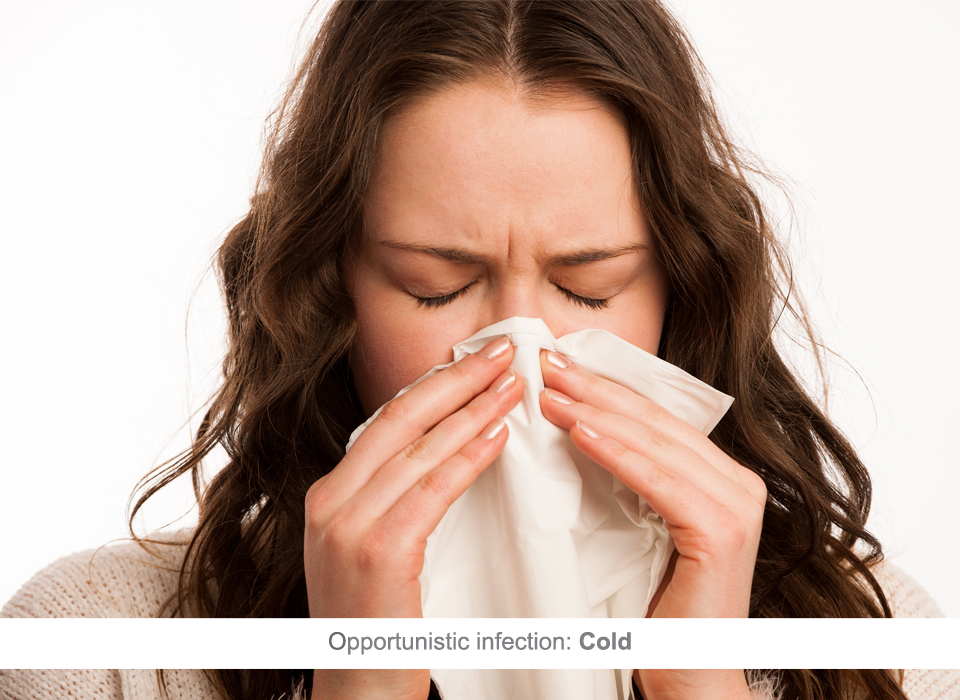
What is HIV?11, 12
HIV stands for Human Immunodeficiency Virus, and it is responsible for causing the HIV infection in humans. The abbreviation “HIV” can refer to the virus or to HIV infection. People Living with HIV/AIDS (PLHIV) are called HIV Positive in medical terms.
What is AIDS?
AIDS stands for Acquired Immuno Deficiency Syndrome. AIDS is the most advanced stage of HIV infection. It is identified by the occurrence of any opportunistic infections (Opportunistic infections are infections and infection-related cancers that occur more frequently or severely in people with weakened immune systems)
How does the HIV virus affect the human body?
The HIV virus infects cells of the immune system, destroying or impairing its function. Infection with the virus results in progressive deterioration of the infection-fighting CD4 cells of the immune system, leading to "immune deficiency." Loss of CD4 cells makes it difficult for the body to fight infections and certain cancers. Without treatment, HIV can gradually destroy the immune system and advance to AIDS.
How is HIV spread?
The spread of HIV from person to person is called HIV transmission. HIV is transmitted through contact with certain body fluids from a person infected with HIV. These body fluids include blood, semen, pre-seminal fluid, vaginal fluids, rectal fluids and breast milk. HIV is mostly transmitted by having sexual intercourse with, or sharing drug injection equipment with someone who is infected with HIV. Correct usage of condoms, limiting number of sexual partners and by refraining to share or reuse drug injection equipment can effectively reduce the risk of HIV infection.
The spread of HIV from an HIV-positive mother to her child during pregnancy, childbirth or breastfeeding is called mother-to-child transmission of HIV. This is the most common way that children become infected with HIV. HIV medication administered to HIV-infected women during pregnancy and childbirth, and to their babies after birth can reduce the risk of mother-to-child transmission of HIV.
HIV transmission is possible at any stage of HIV infection—even if an HIV-infected person has no symptoms of HIV.
Misconceptions about HIV
One can’t acquire HIV by shaking hands or hugging a person infected with HIV. HIV is not spread from contact with objects such as dishes, toilet seats or doorknobs used by a person with HIV.
How quickly does a person infected with HIV develop AIDS?
The length of time can vary widely for individuals. However, without treatment, majority of the people infected with HIV are likely to develop signs of HIV-related illnesses within 5–10 years of acquiring HIV - although this can be a shorter time span. The time between acquiring HIV and an AIDS diagnosis is usually between 10–15 years, but could be longer sometimes.
What are the symptoms of HIV/AIDS?
Soon after being infected with HIV, some people may experience flu-like symptoms, like fever, headache or rash. The symptoms may come and go for a month or two post infections. Thereafter HIV continues to multiply, but at very slow pace. Slightly more severe symptoms of HIV infection, such as chronic diarrhea, rapid weight loss and other signs of opportunistic infections generally don’t appear for many years.
Common symptoms of HIV
Signs of opportunistic infections: Colds, Headaches and fever
How can HIV be treated?
If the HIV virus is left untreated it further worsens the condition of the body. It is highly recommended that HIV should be treated during its early stages, because a complete cure for this deadly virus is still being researched by scientists around the world.
The use of HIV medicines to treat HIV infection is called antiretroviral therapy (ART). ART involves consumption of a combination of HIV medicines (called an HIV regimen) every day. (HIV medications are often called antiretrovirals or ARVs.)
ART prevents the HIV virus from multiplying and therefore checks the number of virus in an infected person’s blood (known as the ‘viral load’). Having a less viral load protects the immune system and prevents HIV infection from advancing to AIDS.
It is important to know that ART cannot cure HIV, but it can reduce the risk of HIV transmission and can also help PLHIV to dramatically prolong healthier lives. For the best results of ART, it is important for people to understand their symptoms and illness at a premature stage.
What precautions should be taken by PLHIV?
Maintaining personal hygiene is vital while dealing with HIV.
It is important to wash hands often with warm water, sanitize the living space and use gloves whenever required. It is also critical to ensure that personal care items like toothbrushes, razors, etc. are not shared with anyone else as it increases the risk of transmitting HIV to others through body fluids. One must also stay safe from other viruses or infections. Avoiding consumption of alcohol and tobacco can assist in physical recovery.
Did you know?
Today, nearly 50% of those receiving treatment for the disease in the developing world depend on a Mylan product.
Glossary13
Active Immunity
Protection from a specific infection that develops after having and recovering from the infection or being vaccinated against the infection.
Acquired Immunodeficiency Syndrome (AIDS)
A disease of the body’s immune system caused by the Human Immunodeficiency Virus (HIV).
Acquired Immunity
The body’s ability to fight or prevent a specific infection.
Antibody
Also known as Immunoglobulin. A protein produced by the body’s immune system that recognizes and fights infectious organisms and other foreign substances that enter the body.
Antiretroviral (ARV)
A medication that interferes with the ability of a retrovirus (such as HIV) to make more copies of itself.
Antiretroviral Therapy (ART)
Treatment with drugs that inhibit the ability of retroviruses (such as HIV) to multiply in the body.
CD4 Cells
Also known as helper T cell or CD4 lymphocyte. A type of infection-fighting white blood cell that carries the CD4 receptor on its surface.
Chemotherapy
Treatment using anti-cancer drugs, which kill or prevent the growth and division of cells.
Reference
11 U.S. Department of Health and Human Services, AIDSinfo. HIV Overview [Internet]. Rockville, Maryland, United States: U.S. Department of Health and Human Services; 2015 [updated 2015 October 11; cited 2015 November 16]. Available from: https://aidsinfo.nih.gov/education-materials/fact-sheets/19/45/hiv-aids--the-basics
12 World Health Organization. HIV/AIDS [Internet]. Geneva, Switzerland: World Health Organization; 2015 [updated 2015 October 18; cited 2015 November 19]. Available from: http://www.who.int/features/qa/71/en/
13 U.S. Department of Health and Human Services, AIDSinfo. Glossary of HIV/AIDS-Related, Terms 5th Edition [Internet]. Rockville, Maryland, United States: U.S. Department of Health and Human Services; 2015; [updated 2015 May 14; cited 2015 November 19]. Available from:https://aidsinfo.nih.gov/contentfiles/glossaryhiv-relatedterms_fifthedition_en.pdf
Disclaimer
Mylan makes no representations or warranties, express or implied, as to the accuracy or completeness of the information provided on this website and disclaims any liability for the use of this website or any site linked to it. Mylan retains the right to change the content of this website at any time without notice but does not assume any responsibility to update it. Neither Mylan nor any other partner involved in creating, producing or delivering this website is liable in any manner whatsoever for any direct, incidental or consequential, indirect or punitive damages arising out of any access, use or inability to use this website, or any errors or omissions in the content thereof. Nothing contained in this website should be construed as medical, legal, investment, financial or other advice. Without limitation, nothing contained in this website should replace medical advice, medical visits or recommendations from health care providers. Access and use of any information or content on this website shall be at one’s own risk.

